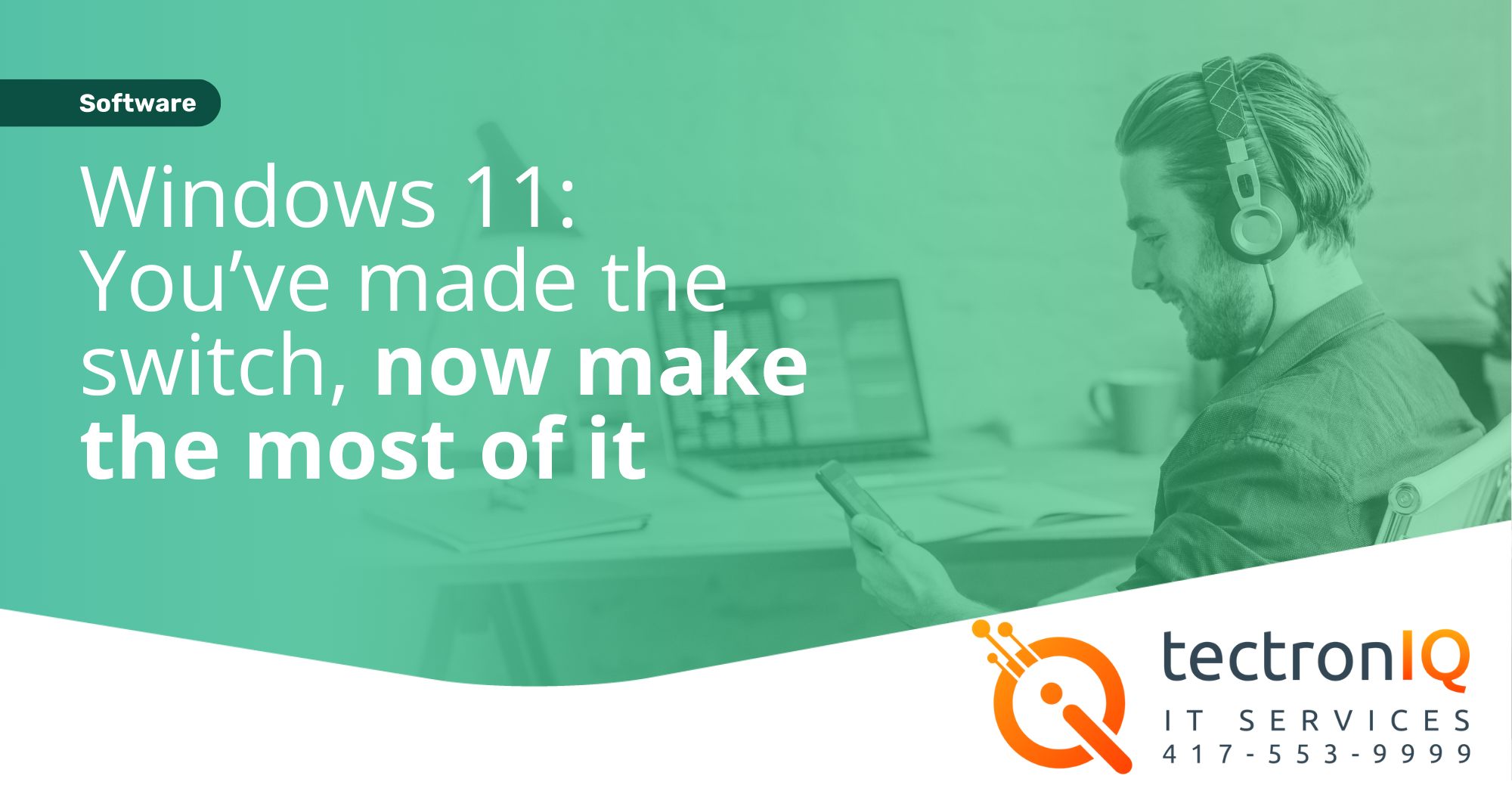Ransomware, a malicious form of cyberattack that holds your digital assets hostage until a ransom is paid, has become an ever-present threat in today's interconnected world. To make matters worse, these attacks are evolving rapidly, with ransomware variants becoming increasingly sophisticated and faster than ever before. In this blog post, we'll explore the rising speed of ransomware and present six crucial steps you can take to fortify your defenses against this relentless menace.
Stay Vigilant with Regular Backups
One of the most effective defenses against ransomware is to maintain regular backups of your critical data. By consistently backing up your files and systems, you create an insurance policy that allows you to restore your information without succumbing to the attacker's demands. Remember to store backups offline or in a separate network to prevent ransomware from infecting them.
Strengthen Your Network Security
An impenetrable network is key to thwarting ransomware attacks. Start by employing robust firewalls, intrusion detection systems, and antivirus software to detect and block malicious activities. Regularly update and patch your operating systems and applications to close any vulnerabilities that attackers might exploit. Additionally, consider implementing strong network segmentation to contain the impact of an attack and prevent lateral movement.
Educate Your Workforce
A well-informed workforce is an invaluable asset in the fight against ransomware. Conduct regular training sessions to educate your employees about phishing emails, suspicious attachments, and malicious websites. Encourage them to practice safe browsing habits and report any unusual incidents promptly. By fostering a culture of cybersecurity awareness, you create a stronger human firewall capable of identifying and preventing potential attacks.
Implement Multi-Factor Authentication (MFA)
Strengthen your security posture by implementing multi-factor authentication across your systems and applications. MFA adds an extra layer of protection by requiring users to provide multiple forms of verification, such as passwords, biometrics, or one-time codes. This significantly reduces the chances of unauthorized access, making it harder for ransomware attackers to gain control of your infrastructure.
Deploy Endpoint Protection
Endpoint devices, such as laptops, smartphones, and tablets, are often the entry points for ransomware. By deploying robust endpoint protection solutions, you can safeguard these devices from malicious software. Utilize advanced endpoint security tools that offer real-time threat detection, behavior monitoring, and sandboxing capabilities. Regularly update and patch endpoint systems to mitigate any vulnerabilities that could be exploited.
Develop an Incident Response Plan
Preparing for the worst-case scenario is essential in mitigating the impact of a ransomware attack. Develop a comprehensive incident response plan that outlines the steps to be taken in case of a breach. Include procedures for isolating infected systems, notifying relevant stakeholders, engaging law enforcement if necessary, and initiating the recovery process. Regularly test and refine your plan to ensure its effectiveness when faced with a real-life incident.
Conclusion
Ransomware attacks are intensifying, and the need for a robust defense has never been more critical. By implementing these six proactive steps, you can significantly enhance your resilience against the escalating speed of ransomware attacks. Remember to maintain regular backups, strengthen your network security, educate your workforce, implement multi-factor authentication, deploy endpoint protection, and develop a comprehensive incident response plan. By fortifying your defenses on multiple fronts, you can safeguard your digital assets and minimize the devastating impact of ransomware attacks. Stay vigilant, stay prepared, and stay secure!

.png)














